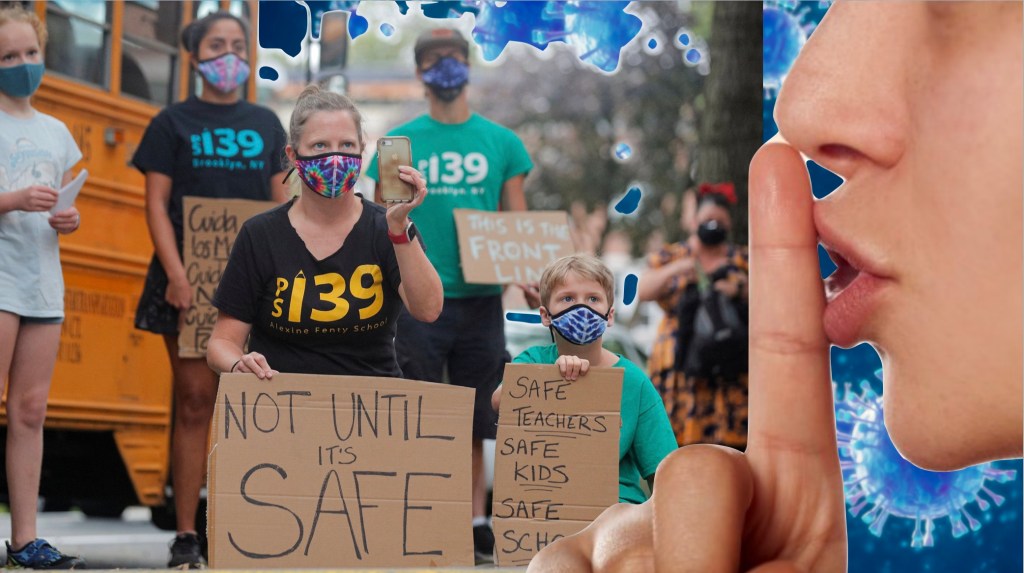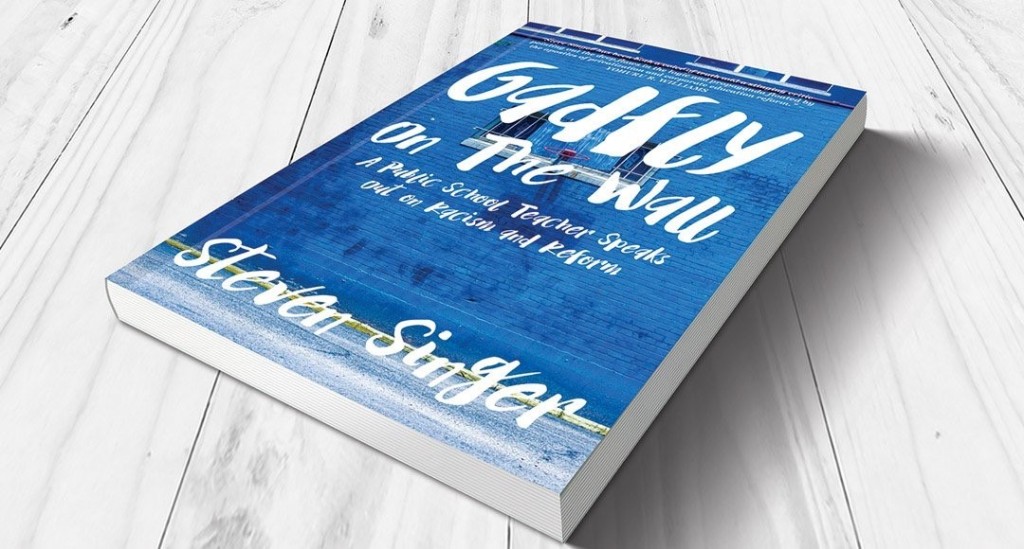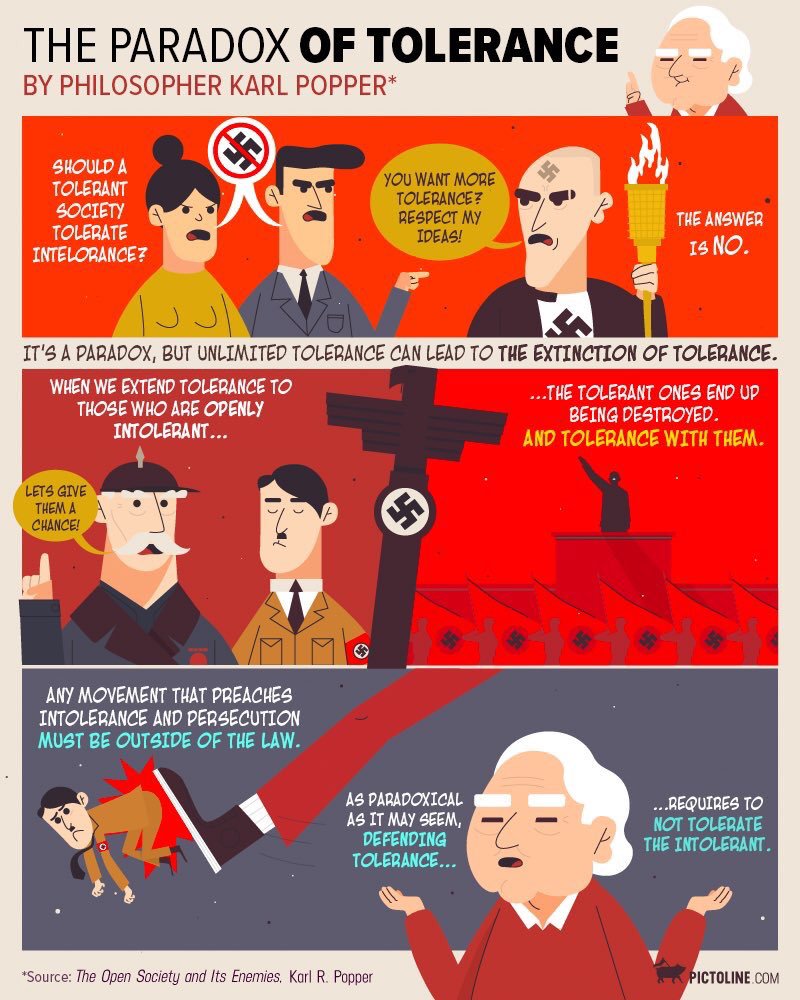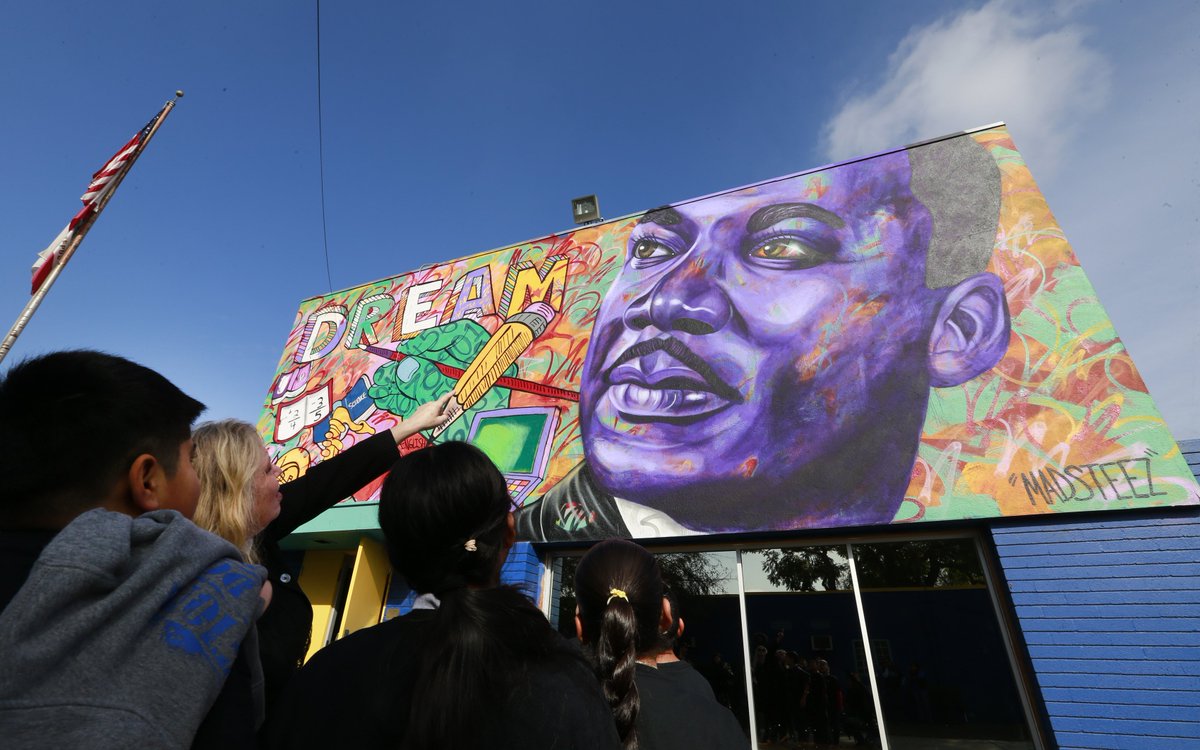
“In the End, we will remember not the words of our enemies, but the silence of our friends.”
-Martin Luther King Jr
Teachers want a safe place to work.
But in 2020 that is too much to ask.
As the global COVID-19 pandemic rages out of control throughout most parts of the United States, teachers all across the country want to be able to do their jobs in a way that won’t put themselves or their loved ones in danger.
In most cases that means remote instruction – teaching students via the Internet through video conferencing software like Zoom.
However, numerous leaders and organizations that historically are supportive of teachers have refused to support them here.
The rush to keep classrooms open and thus keep the economy running has overtaken any respect for science, any concern for safety, and any appeal to compassion.
Thankfully, some districts have been accommodating, worrying about the safety of children as well as adults.
But many others have refused to go this route even demanding educators with compromised immune systems and other increased risk factors either get in the classroom and teach or seek some sort of financially burdensome leave.
Affected teachers often wonder where their union is, where their progressive representative, where the grassroots activists who were willing to organize against charter schools and high stakes testing.
Answer: crickets.
As a result, more than 300 U.S. teachers and other school employees have died from the virus, according to the Associated Press.
In New York City, alone, 72 school employees died of the virus, according to the city Department of Education.
And since Education Secretary Betsy DeVos has refused to collect data on how the pandemic is affecting schools and school employees, this count is probably woefully under-representative of the full tragedy.
About 1 in 4 teachers – nearly 1.5 million – have conditions that raise their risk of getting seriously ill from the Coronavirus, according to the Kaiser Family Foundation.
In my own Western Pennsylvania community in the last few weeks, we buried high school employee Terri Sherwin, 60, of Greater Latrobe School District and elementary school employee Dana Hall, 56, of Jeannette City School District.
The assertion that children cannot get the disease, which was popularized by the Trump administration, has been proven false.
More than 1 million kids nationwide have been diagnosed with COVID-19 according to a report by the American Academy of Pediatrics .
The Centers for Disease Control (CDC) says most children who get the disease (especially those younger than 10) are asymptomatic or have only mild symptoms but are still capable of transmitting the virus to others. This – along with the lack of a national database – makes it incredibly difficult to accurately trace the source of an outbreak through the schools.
However, in November the CDC quietly removed controversial guidelines from its website promoting in-person learning, and instead lists it as “high risk.”
“As new scientific information has emerged the site has been updated to reflect current knowledge about COVID-19 and schools,” a spokesperson said.
Yet there has been no subsequent change in the policy positions of most lawmakers, school directors, union leaders or education activists.
A prime example of this is New York City’s plan to reopen most schools to in-person learning at the beginning of this month despite rising infection rates and an average of more than 2,000 new cases a day.
The plan has the full support of most teachers unions.
Randi Weingarten, president of the American Federation of Teachers (AFT) said the plan “combines the best of what we have learned nationwide during COVID about how to keep staff and students safe and how to instruct young kids.”
Michael Mulgrew, president of the United Federation of Teachers (UFT) agreed.
He said:
“We are supportive of a phased reopening of schools in other neighborhoods as long as stringent testing is in place. This strategy – properly implemented – will allow us to offer safe in-person instruction to the maximum number of students until we beat the pandemic.”
The plan is predicated on a bogus statistic that kids aren’t getting sick at school or spreading the virus from there, that only 0.2% can be traced back to school buildings.
But we know that contract tracing is inadequate. We know people are getting sick. Hospitals are filling up. People are dying.
Why aren’t the unions standing up more for their employees here? Why is the request for a safe work environment too much?
Answer: politics.
With President-elect Joe Biden about to announce his pick for Secretary of Education, few union leaders have the courage to go against the party line and disqualify themselves from consideration.
Biden’s plan right now seems to be keeping the schools open with an influx of cash.
Former President of the National Education Association (NEA) Lily Eskelsen García hasn’t said much recently on the issue to my knowledge.
But she was unafraid to contradict President Donald Trump before the election.
She appeared on CNN and challenged Trump to “sit in a class of 39 sixth graders and breathe that air without any preparation for how we’re going to bring our kids back safely.”
In late April, she took to Twitter saying the NEA is “listening to the health experts and educators on how and when to reopen schools — not the whims of Donald Trump, who boasts about trusting his gut to guide him. Bringing thousands of children together in school buildings without proper testing, tracing, and social isolation is dangerous and could cost lives.”
In an interview in May she said:
“The stakes of doing it wrong is that someone dies. It’s not just that someone doesn’t graduate or someone doesn’t learn their times tables — someone could die.”
I wonder what she would say today – and why she hasn’t spoken out as vocally.
In my neighborhood, Pennsylvania State Education Association (PSEA) President Rich Askey has continually asked districts to follow state safety guidelines.
“The health and safety of students, staff, and our families must be our top priority,” Askey said. “We call on all school district leaders to follow the state’s guidelines to protect the health and safety of everyone in our school communities.”
However, state guidelines are pretty weak. They suggest mask wearing and that districts close when community infection rates are high. But districts can choose to keep buildings open if they promise to follow safety guidelines to the best of their ability.
Gov. Tom Wolf originally issued an order for all schools to close and go to remote learning last March. However, state Republicans challenged his authority to do so and their position was upheld in court.
Since then, Wolf has issued tons of guidance but not much else.
I assume Wolf would say he hasn’t done more because his hands are tied.
I assume Askey would say the same.
But such platitudes taste like ashes in your mouth when faced with the everyday reality that almost everyday the state is breaking its previous record for Coronavirus cases. Today we had nearly 13,000 new cases and 149 deaths! Yes, that’s just today!
Will their hands still be tied when daily cases reach 20,000? 50,000? 100,000?
And their decisions have been all over the place.
These are not public health officials.
These are not people used to making life and death decisions.
They’re used to deciding whether to remodel the library, buy books from this or that vendor or declare Friday a holiday because the football team won the state championship.
I don’t mean to diminish what they do.
Some have been going above and beyond every day to ensure the health and safety of students, staff and the community.
But far too many pay lip service to that idea while making sure their local business gets to keep operating with employees who don’t have to sit home with their children.
And these are people from the community. How many times have teachers called them to let them know how their kids were doing in class? How many times have teachers gone with them and their kids on school field trips? How many times have teachers accepted invitations to graduation parties and school board meetings?
We should be on the same team, but too many school directors are far too willing to sacrifice our lives and safety to safeguard their own bank accounts.
When will school directors admit the cost is too high? How many staff have to get sick? 20? 50? 100? How many have to die?
However, as much as the silence and disregard of lawmakers, union leaders and school directors hurts – it is the reaction from many education activists that stings the most.
When our schools are attacked by charter schools and voucher schools, we organize and fight it together.
When high stakes testing unfairly labels our children and is used to defund and loot our budgets, we organize and fight together.
No matter what the issue – the school-to-prison pipeline, Common Core, racist discipline policies, value added teacher evaluations, runaway ed tech – we’ve come together to fight as one.
But suddenly when it’s an issue of teachers vs. the economy, our allies go silent.
They’re afraid remote learning will lead to more ed tech solutions, that it will embolden parents to enroll in charter or voucher schools, that it will hurt student learning. And to be fair there is reason to fear.
However, instead of standing together and fighting these new challenges as they come (as we’ve always done) many of our activist allies have abandoned us.
They champion articles about a non-existent consensus that it’s safe to reopen schools. They champion the work of a discredited economist over epidemiologists and virologists. They side with the same neoliberals and corporate education reformers we used to battle together.
Or they simply remain silent.
That’s the one that really hurts the most.
One day this pandemic will end.
One day – I hope it’s soon – it will be safe to return to the classroom and begin again.
But the wreckage of the virus will pale in comparison to the damage we have done to each other and our relationships.
Coalitions may crumble and fall.
Trust may disappear.
And the way forward – if any will be left – may be much different than it was only a year ago.
No one who refuses to defend your right to life is your true ally.
We won’t forget who spoke up and who remained silent.
Like this post? You might want to consider becoming a Patreon subscriber. This helps me continue to keep the blog going and get on with this difficult and challenging work.
Plus you get subscriber only extras!
Just CLICK HERE.

I’ve also written a book, “Gadfly on the Wall: A Public School Teacher Speaks Out on Racism and Reform,” now available from Garn Press. Ten percent of the proceeds go to the Badass Teachers Association. Check it out!






